There were so many things I was worried about when I shot these slides on a recent trip to Morocco. I was using my Leica M6, which I had recently had serviced, but there were a few things still playing up with the camera so I couldn’t be sure that the things I had wanted it serviced for in the first place had actually been dealt with. I had to just hope that my light seals were all tight and my meter accurate, especially considering the low tolerances of working with slide film.
After receiving my slides back however and reviewing them on my light table I was incredibly happy. The images were much better than images I shot on C41 films on the same trip, possibly because I took more care over creating them at each stage – composition, exposure, second thought, and so on.
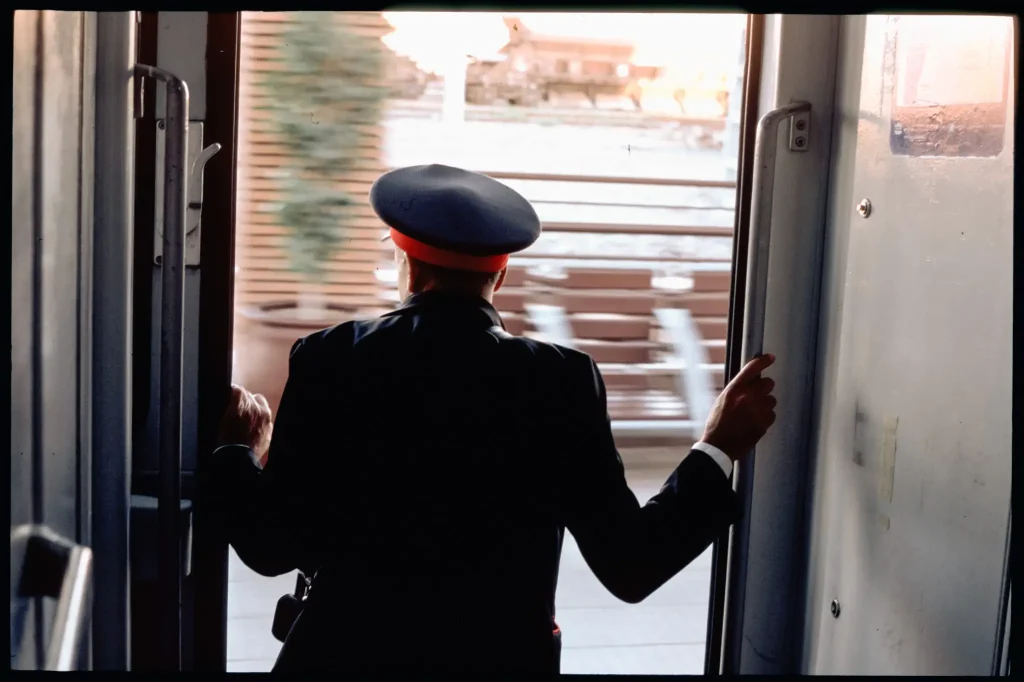
Reversal film has been it’s own unique learning curve, which reflects the same process I’ve had to go through for my other film photography journeys – first with C41 film, learning how different emulsions look, how to expose for different effects, and then again with black and white films, learning how to get the look I want, making compromises with light availability, pushing and pulling, and so on. With slide film the challenge in London is having enough light, and in Morocco it was dealing with a surplus of light, but also exposing within that narrow margin of correct exposure for he right area of my frame.
You can see in the above image that I have exposed for some of the shadows where the Train Guard is standing in the door, making the upper half blown out in the highlights. This is a compromise I had to make in the moment, deciding that I would rather blow out the highlights than loose the detail in the forground.
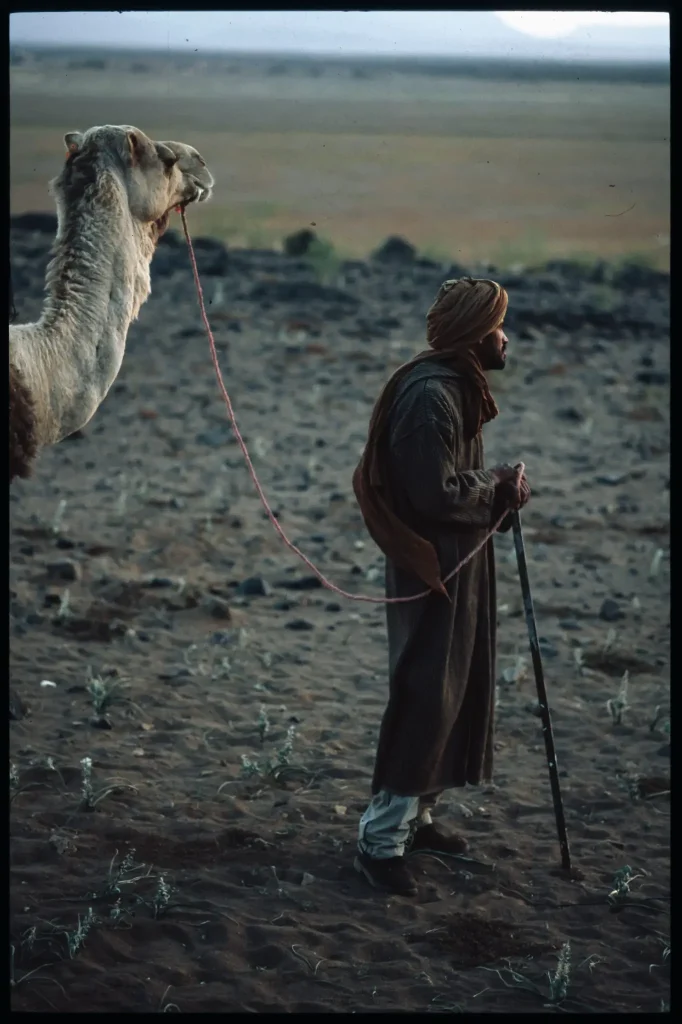
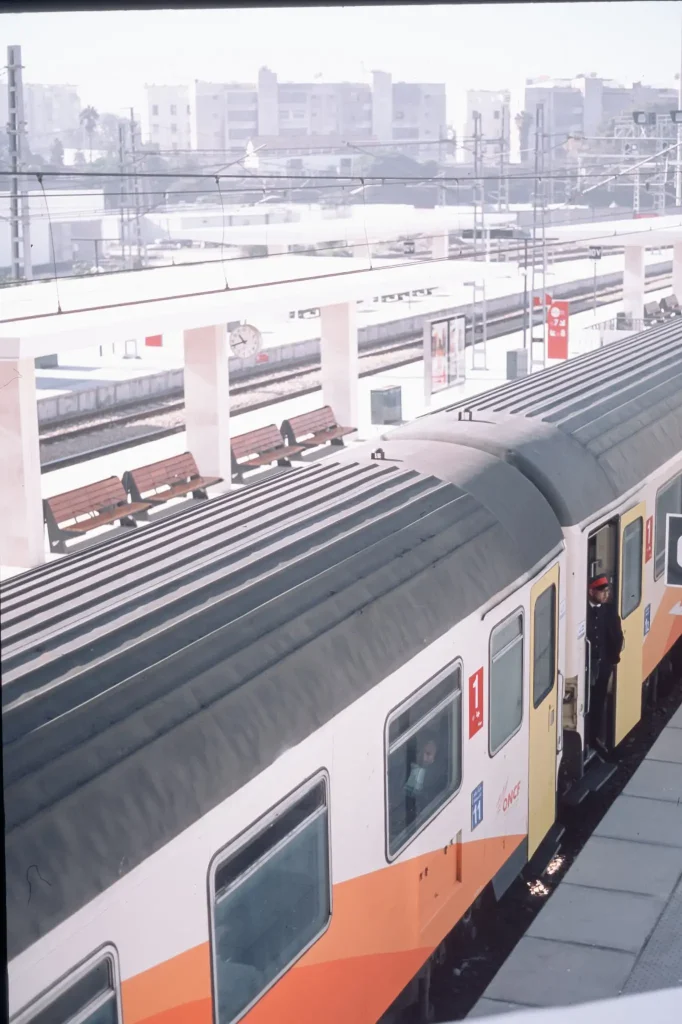
All of these frames were incredibly sharp – Ektachrome is able to resolve the fullest detail from the sharp lenses I paired it with. I shot all of these images on either the Zeiss 50mm Planar or Leica 90mm APO, some of the sharpest lenses available on the M system.
The colour is equally impressive, but I was actually surprised with how happy I was by some of the black and white conversions I made for some of the frames – the detail I’m able to resolve from my scans and absolute clarity of the original colour make it really easy to tweak different shades into useable BW images.
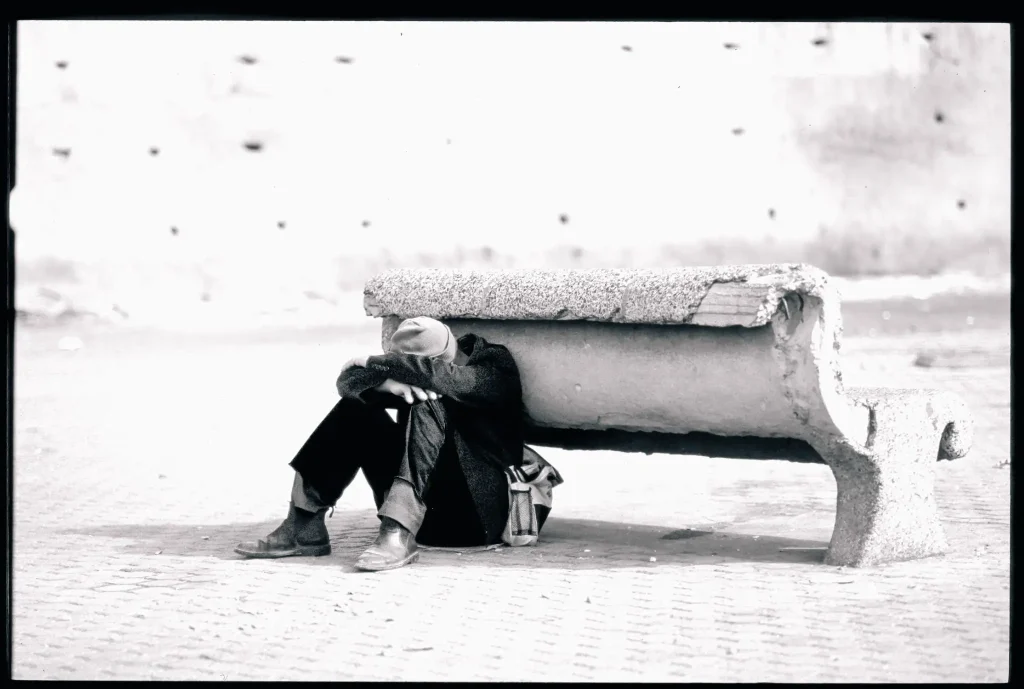
The light in Morocco can’t be discredited – it was really special working in those conditions, especially at sunrise and sunset. Ektachrome particularly however gave me results I simply couldn’t get with my C41 films in those same conditions. I’m really looking forward to shooting more with this film moving forward, and will be really excited to share my work!
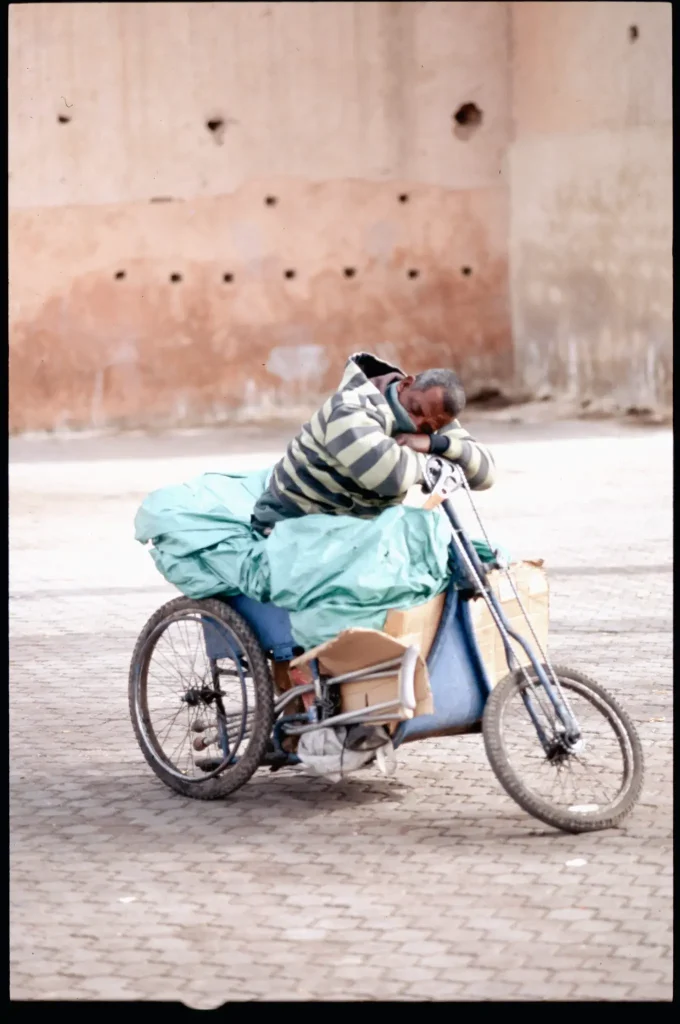
Thanks for taking the time to have a look at my work. If you’ve enjoyed these slides you might enjoy more of my photography, which can be seen over on my Instagram.
Share this post:
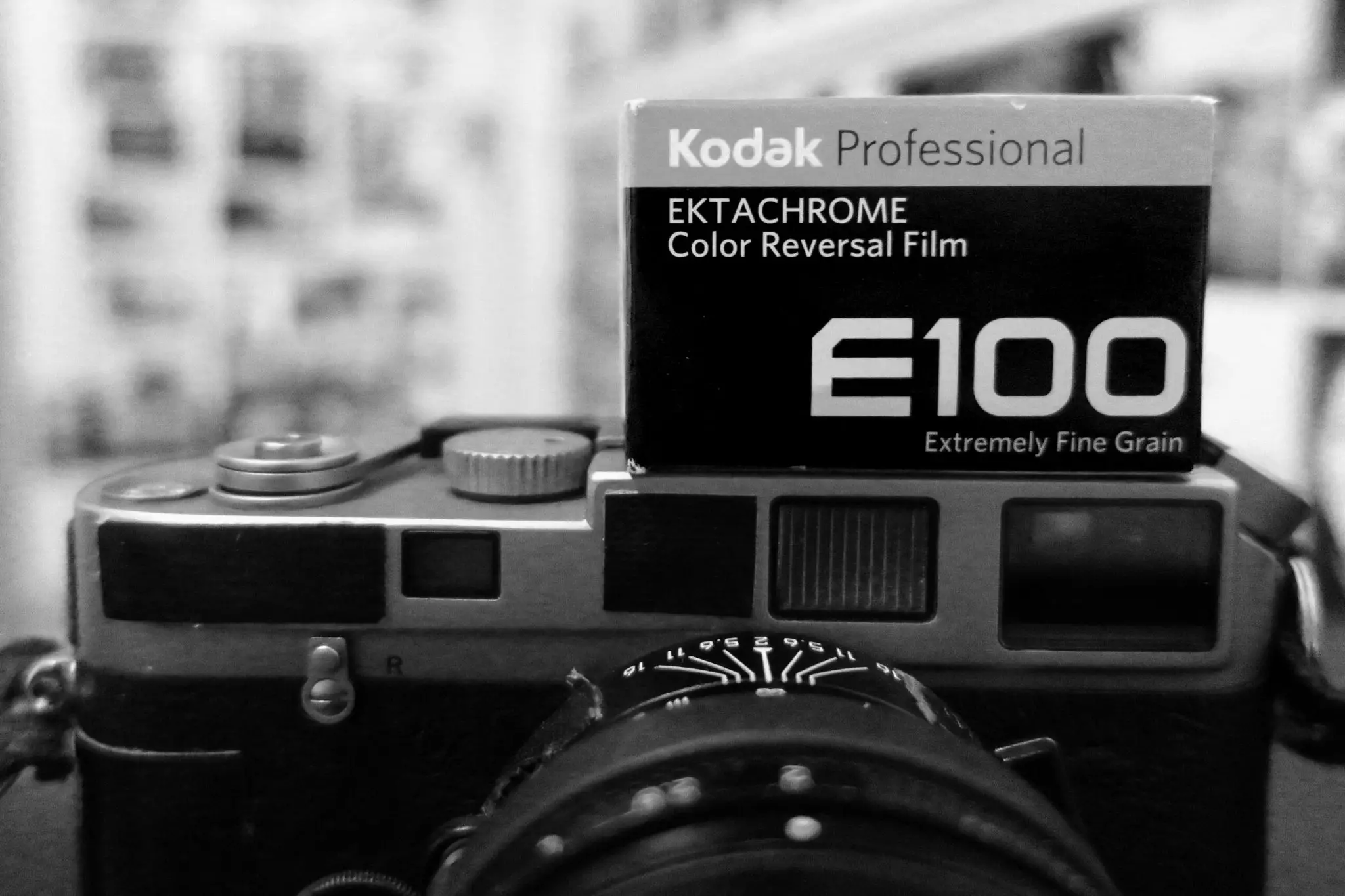








Comments
Peter on 5 Frames with Kodak Ektachrome E100 in Morocco – by Simon King
Comment posted: 24/03/2019
Comment posted: 24/03/2019
Danny on 5 Frames with Kodak Ektachrome E100 in Morocco – by Simon King
Comment posted: 24/03/2019
Comment posted: 24/03/2019
M on 5 Frames with Kodak Ektachrome E100 in Morocco – by Simon King
Comment posted: 24/03/2019
Comment posted: 24/03/2019
Ed on 5 Frames with Kodak Ektachrome E100 in Morocco – by Simon King
Comment posted: 24/03/2019
Was the metering on the Berber nomad's face? My earlier experience with slide film was indeed a steep learning curve. My head is trapped in negative film.
Comment posted: 24/03/2019
Rasmus on 5 Frames with Kodak Ektachrome E100 in Morocco – by Simon King
Comment posted: 25/03/2019
Comment posted: 25/03/2019
Kate Johnson on 5 Frames with Kodak Ektachrome E100 in Morocco – by Simon King
Comment posted: 25/03/2019
Comment posted: 25/03/2019
George Appletree on 5 Frames with Kodak Ektachrome E100 in Morocco – by Simon King
Comment posted: 25/03/2019
Comment posted: 25/03/2019